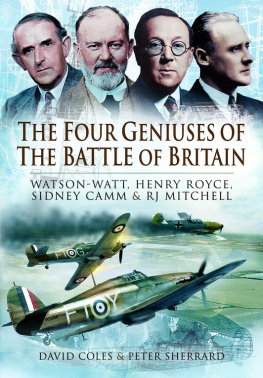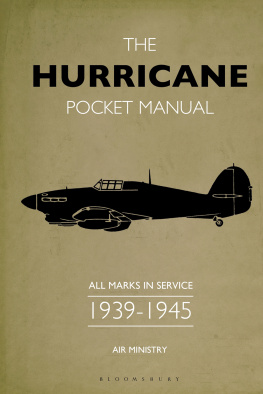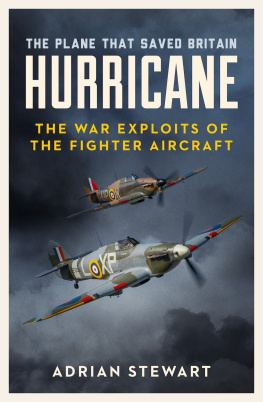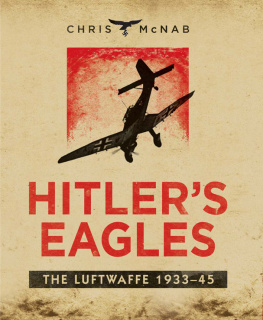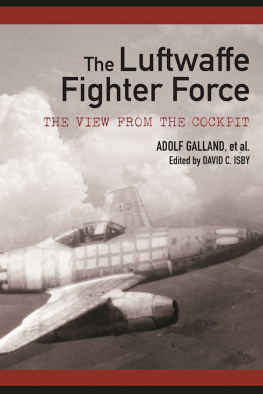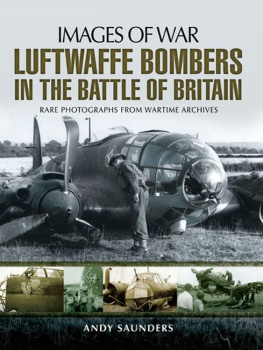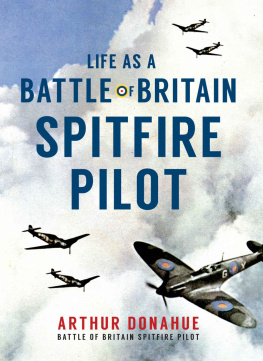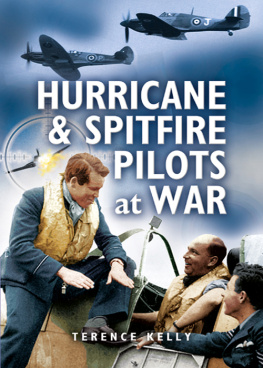The chapter on German terror weapons prepares the way for this epilogue. The work of our Four Great Geniuses made an essential and underlying contribution to that terrible Gtterdmmerung the necessary final defeat of the Germans who had been wrongly led by the Nazis.
Our four weapons forged by the our Four Geniuses, radar, the Merlin engine, and the superb Hurricane and Spitfire aircraft, more than countered all that the Nazis could throw at us. Now thanks to them at last we could claim Victory over that evil system!
Chapter 1
Robert Watson-Watt Radars Inventor
A mans a man for a that. Burns poem well describes Robert Watson-Watt, the major inventor of radar. He was born at 5 Union Street in Brechin on 13 April 1892, one of three sons of a carpenter. He did not start out as a member of the upper crust; but from his early days he reached out for all he was given, to impart his knowledge to others in turn. His father may have expected that Robert would follow in his footsteps and work in the family business, as many other Scots have done. But Robert showed a great interest in science and looked more likely to follow in the footsteps of his famous far distant ancestor, James Watt, the inventor of the steam engine.
As a child he loved and respected his family, gaining their regard as he went to a fine school, Brechin High. He later remembered his teacher Bessie Mitchell as one who did more than any other teacher to make me whatever I am. He did well there and won a scholarship to University College, Dundee, to study engineering. He graduated with a BSc (Eng.) and was offered a position with Professor William Peddie, who introduced Robert to the seemingly never-ending possibilities of radio waves. While at Dundee, Robert met a Perth girl, Margaret Robertson, who was studying art at Dundee Technical College. They married in 1916 and Margaret became an important part of Roberts radio wave experiments, when he used her skills as a jewellery maker to repair his wireless apparatus. She was a responsible, well educated lady, who transcribed the Morse-coded messages from Paris to the Aldershot command, passing on the radio transmissions that finally played such a part in that greatly desired Armistice Day, 11 November 1918.
Robert was fortunate having excellent mentors and he could take up one skill from another, from craft and classics to science. He was much more than that. Later he understood that Nazi Realpolitik focussed on unbridled power. Its unprincipled immorality and power-lust worried him so much that he later speeded up his radar program. A lesser man would have said, So what?
He had a great ability to inspire a fine team of engineers and craftsmen, and he must have known the great thrill of invention, as he moved from tracking lightning to radar. His major change in direction occurred when in January 1935 H.E. Wimperis, Director of Scientific Research at the Air Ministry, questioned him on German death ray work, and Watson-Watt quickly returned a calculation from his assistant, Arnold Wilkins, showing that it was impractical. But he also mentioned in the same report that attention was being turned to the difficult, but more promising, problem of radio detection of aircraft. He submitted numerical considerations for this detection by reflected radio waves, and this ultimately led to radar, grounded in complex physics.
The concept of radar could even have been sown earlier when he found that aircraft disturbed lightning tracking. You can imagine the younger Watson-Watt saying with great heat and frustration, You never can track anything at 10.30 when that mail plane goes over! Then one day he is inspired, Now that is a brilliant way to track aircraft! Ill put it in the logbook, in RED. Maybe that is how Watson-Watt started to lay the practical and theoretical groundwork for radar during investigations into atmospheric disturbances. He said later Give them the third best to go on with; the second best comes too late; the first never comes. Thats true, and in no way nonsense. Advanced gear such as the klystron (a single resonant cavity device) came later but developers had to do the best with what they had then. By the time better ideas had arrived with their improved gear, the Germans would have overrun us. The cathode ray tube, the primitive predecessor of the TV tube, was invented during the 1920s and 1930s. Watson-Watt was also central to the development of other useful hardware such as the goniometer. Such work has its lows and highs, its frustration and blinding enlightenment, and he wasnt a stranger to these either.
What was the option if radar had never been invented? The large fixed acoustic detector was installed at Denge near Romney in Kent and, pointed at Amiens, but its range was only guaranteed for eight miles, twenty-four at best. As it was fixed, after reconnaissance the enemy could have easily by-passed it by making flank attacks up the Thames on London. We set up smaller steerable detectors, as well as mobile army units with range less than the larger fixed unit and its optimized design, but what a hope! Our aircraft would have barely left the ground before the Germans were upon them. It must be remembered that war is not a sport!
Then there were the death ray and ignition killer concepts. The cover of a novel from the 1930s showed a flight of enemy aircraft falling over the edge of an invisible cliff of air. In reality you needed to reach the power and frequency of radio waves required to do one or the other. Death ray equipment would kill its operators if any power leakage occurred, and it was virtually impractical before any suitable hardware evolved. A death ray at a level then attainable would have barely given an enemy pilot a headache, but it might have warmed him up. Lasers werent invented, so there were no practical means of stopping enemy aircraft, other than shooting them down. You have to find them to do that. This then would require us to deploy standing patrols with their high pilot and aircraft wastage, and need for massive fuel stocks. The Germans then held all the initiatives to mount an airborne offensive from any point of their choosing. At the same time their submarines would be able to sink the tankers bringing in our oil supplies. Standing patrols would overload our resources in the most even-handed battle. We could reach no better than stalemate then, unable to continue and conclude the future war.

